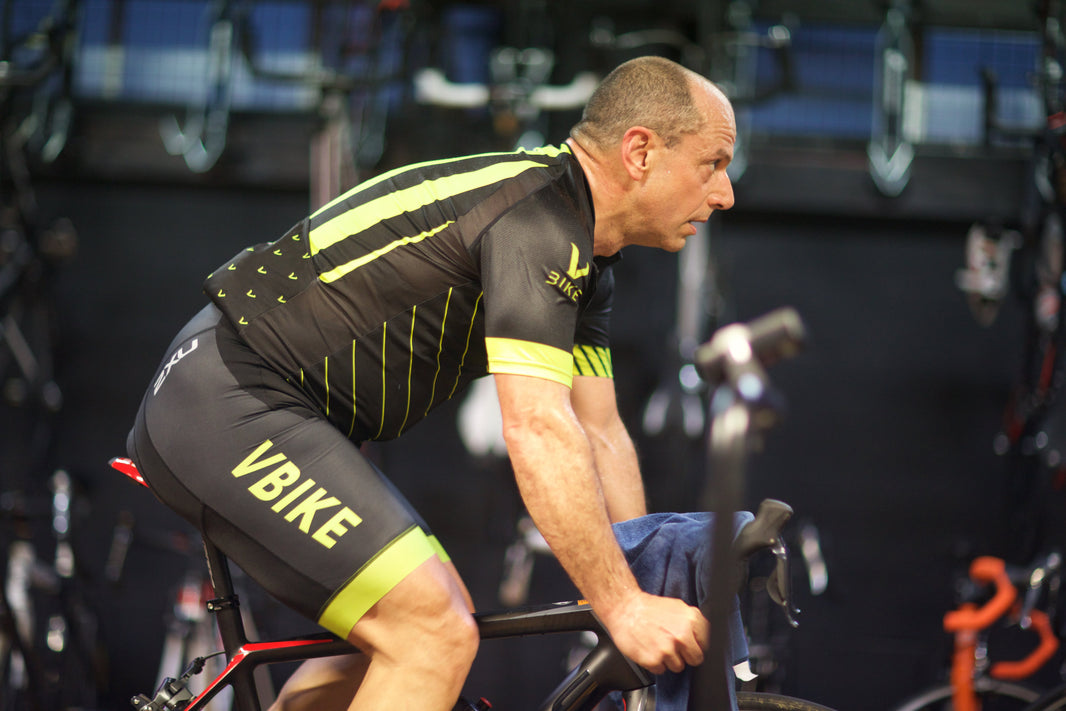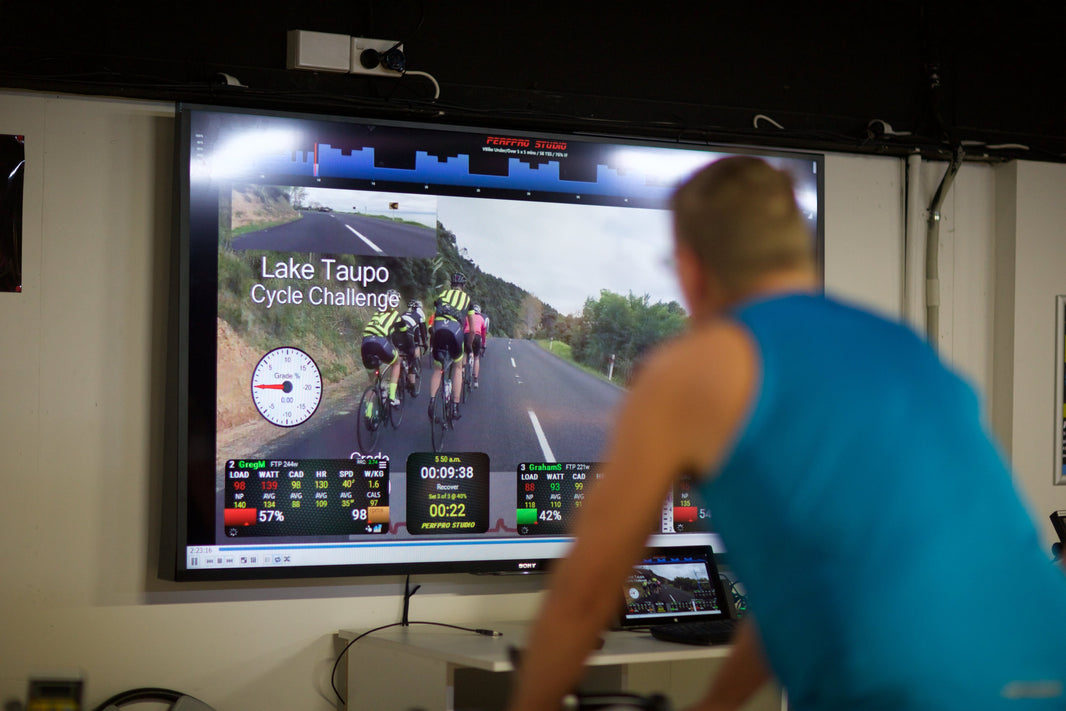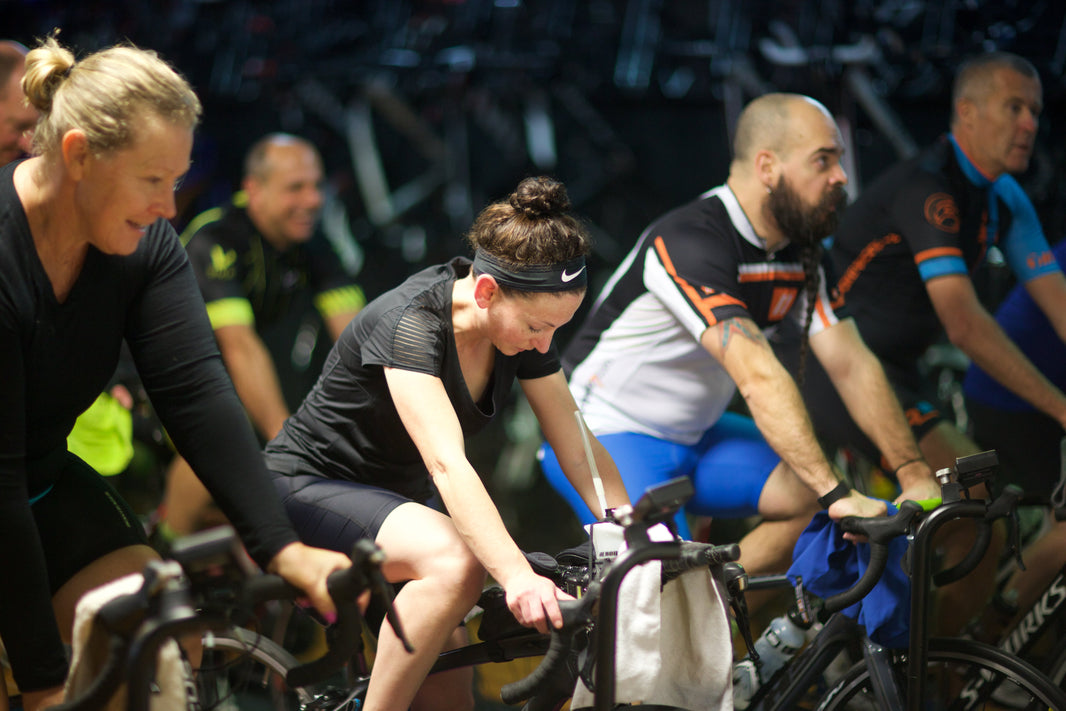EXPECTATION VS REALITY
Is HIIT really that good for you?
There is growing evidence that high intensity interval training (HIIT) has negative effects on your body - especially in the long term. There are no shortcuts to fitness and losing weight, and many wish there were a magic potion or one killer exercise that would shave off the extra pounds and maintain physical fitness.

Why did HIIT become so popular and what's the new trend?
In recent years, HIIT classes have become very popular throughout mainstream gyms around the world, allowing people to train hard in a short period of time. With studies now showing the increased risk of injury, energy deficiency and long term health effects, people are starting to look into the effectiveness of the style. "Especially with HIIT and the frequency people are participating in these high impact classes, mass-produced fitness is seeing more injuries. People are now looking for alternatives that will get their endurance up without putting them at risk of injuries or damaging their joints." says Jianni Koutsos.

Jianni Koutsos has been a professional athlete, training with elite endurance athletes across the world. He has seen the impacts HIIT can have over the years and as a result has since been trying to educate the rest of us.
"HIIT was once so popular, but people are starting to realize they aren’t maximizing their workouts. Now, the trend is moving toward lower-intensity, low-impact exercises with the goal of injury prevention and long term health" He adds. Jianni’s focus training methodology in the VBike studio revolves around maintaining a healthy heart rate. For those wanting to get involved or educated on low heart rate training Jianni has also just started a free run club for anyone and everyone, all you need is a pair of shoes, a heart rate monitor and an open mind to a new way of training.
OUR SOLUTION - POWERED BY SCIENCE.
Why do I always feel overtrained?
We've got a groundbreaking concept for you: training slower can make you faster. Dr. Philip Maffetone, an internationally recognized researcher, educator, clinician and author, introduced the concept of low-heart rate training. This method is a way to improve aerobic fitness without risk of overtraining, and it has since become popular among new runners and triathletes alike. Low heart rate training refers to training within a specific lower heart rate range depending on your age. This can be calculated by subtracting your age from 180bpm. (For example, I am 35, so my maffetone heart rate = (180-35) 145. That means my average heart rate should be under 145 bpm.) At VBike we provide free basic monitors for those that don’t have them but we always recommend using your own heart rate monitor. One of the most popular heart rate monitors is the Garmin HRM Pro, this monitor uses sensors to calculate and record your heart rate, tracks running cadence for those that are runners as well as some other data tracking metrics. Having your own monitor allows you to work out an accurate representation of where your fitness and heart health is at while allowing you to ensure you’re not overtraining.

By implementing this low heart rate strategy, you will increase your aerobic capacity without feeling overtrained. Eventually, you will notice you’re able to train consistently close to your race pace while maintaining a much lower average heart rate. Consistency is key with this method of training that’s why at VBike we use different ways at getting people to come into the studio consistently. We’ve found challenges such as the 100km Challenge are good ways at getting people training amongst others with a structured training plan, a nutrition plan and coaching along the way. We make sure to tailor the workouts to each as we know everyone is at their own level of fitness, this helps to avoid any risk of over or under training.
Is low heart rate training good for rehabilitation?
Researchers found that cancer survivors who engaged in cardiorespiratory training, using indoor stationary bikes or elliptical machines with a focus on low heart rate training, increased their cardiorespiratory fitness levels and exercise attendance. The study found that exercise session attendance increased by at least 18.1%, with some attendances increasing up to as high as 96.3%. Results of the study also showed that lower heart rate training methods contributed to improvements in parasympathetic modulation and/or cardiovascular fitness in cancer survivors. At VBike we’re constantly helping people through their injuries and illnesses and we love to see them reach their goals in the Indoor Cycling Studio.

What exercise is best for my long term health?
There are many reasons to track your heart rate when exercising, for both general health and performance-related reasons. You may be surprised by all this, learning that working out faster and harder doesn't always translate to better results. The constant evolution of science and technology has helped gyms like VBike, using the low heart rate training methods to grow. The evidence continues to develop on why low heart rate training is so beneficial and why HIIT can be so damaging to your body in the long term. “While some people may only want to do exercise for a short period of their life, I want to be training when I'm 100” Jianni says. We know other people want to keep training long term too, thats why we use scientifically proven methods and data tracking metrics to tailor workouts to your needs.
At VBike, we offer complementary heart rate monitors for our indoor cycling members; including an in-depth comprehensive performance report which includes time, power, heart rate, cadence, speed, distance and personalized insights.

A solid training plan should include a variety of workouts that are spaced to include time to recover: some shorter and some long, some tough and some light. It’s this diversity that elevates your training. Optimizing your heart rate allows you to maximize your effort while maximizing the effectiveness of each session.
If you have questions about a VBike training plan or need help putting one together. Please don’t hesitate to email: info@vbike.co.nz
Learn how to calculate your low heart rate!








1 comment
Hi there v bike, I would say this is nothing new, Arthur Lydiard taught this in the 50’s and 60’s. 90 percent aerobic, 10 percent anaerobic. Regards Terry.